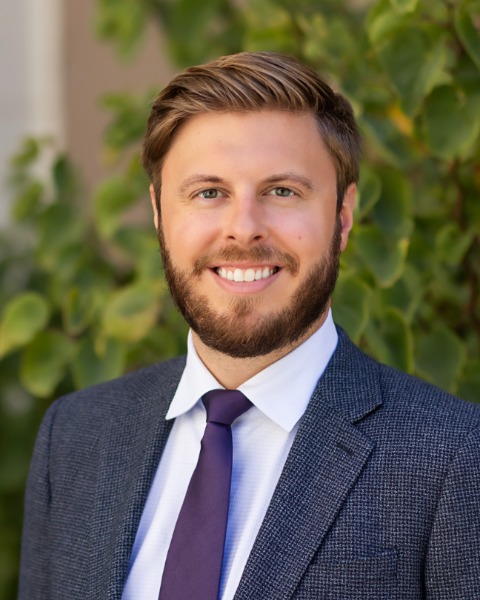Education
Surgical video machine learning platform to quantify surgical performance metrics: a new paradigm for neurosurgical training and feedback
Surgical Video Machine Learning Platform to Quantify Surgical Performance Metrics: A New Paradigm for Neurosurgical Training and Feedback

Jacob S. Young, MD
Assistant Professor
UCSF
San Francisco, California, United States
Presenting Author(s)
Introduction: Artificial intelligence (AI) is transforming clinical medicine and education, yet neurosurgical residency programs have seen little change in their training models despite a decline in open cases and resident autonomy. This has led to an increase in post-graduate fellowship training to address perceived skill gaps. We propose that AI-driven educational tools can enhance neurosurgical training. In this proof-of-concept study, we explore the use of AI video analysis to derive kinematic metrics from recorded microsurgeries, hypothesizing that these metrics correlate with technical competence.
Methods: Operative microscope video from six posterior fossa tumor resections was analyzed using the Surgical Video Platform (SDSC), generating 4,450 frames for training and 1,113 frames for testing. Video analytics measured tool movement, periods of single-tool use, tool-crossing events, and assigned an "efficiency score" to each surgery. A focus metric was applied to assess the duration the surgical target remained optimally positioned under the microscope.
Results: The AI algorithm accurately identified surgical instruments, achieving a mean average precision (mAP50) of 0.988 for tools and 0.994 for retractors. Precision-recall and confidence curves showed similar model confidence for tools and retractors, indicating excellent distinction between model predicted tools and retractors used at different stages of the operation. Efficiency scores ranged from 0.6 to 1.0, with higher scores reflecting smoother, more efficient use of surgical tools.
Conclusion : AI can accurately identify surgical instruments and generate meaningful efficiency scores, offering objective feedback on key aspects of surgical performance. By quantifying metrics such as tool efficiency, tool changes, and time outside optimal focal length, this AI-driven analysis provides residents with valuable insights into their technical skills, facilitating targeted improvement and potentially reducing the need for additional post-graduate training. The ability to quantify and track these efficiency scores over time may also prove useful for the educational mission of neurosurgical residency programs.
Methods: Operative microscope video from six posterior fossa tumor resections was analyzed using the Surgical Video Platform (SDSC), generating 4,450 frames for training and 1,113 frames for testing. Video analytics measured tool movement, periods of single-tool use, tool-crossing events, and assigned an "efficiency score" to each surgery. A focus metric was applied to assess the duration the surgical target remained optimally positioned under the microscope.
Results: The AI algorithm accurately identified surgical instruments, achieving a mean average precision (mAP50) of 0.988 for tools and 0.994 for retractors. Precision-recall and confidence curves showed similar model confidence for tools and retractors, indicating excellent distinction between model predicted tools and retractors used at different stages of the operation. Efficiency scores ranged from 0.6 to 1.0, with higher scores reflecting smoother, more efficient use of surgical tools.
Conclusion : AI can accurately identify surgical instruments and generate meaningful efficiency scores, offering objective feedback on key aspects of surgical performance. By quantifying metrics such as tool efficiency, tool changes, and time outside optimal focal length, this AI-driven analysis provides residents with valuable insights into their technical skills, facilitating targeted improvement and potentially reducing the need for additional post-graduate training. The ability to quantify and track these efficiency scores over time may also prove useful for the educational mission of neurosurgical residency programs.

.jpg)